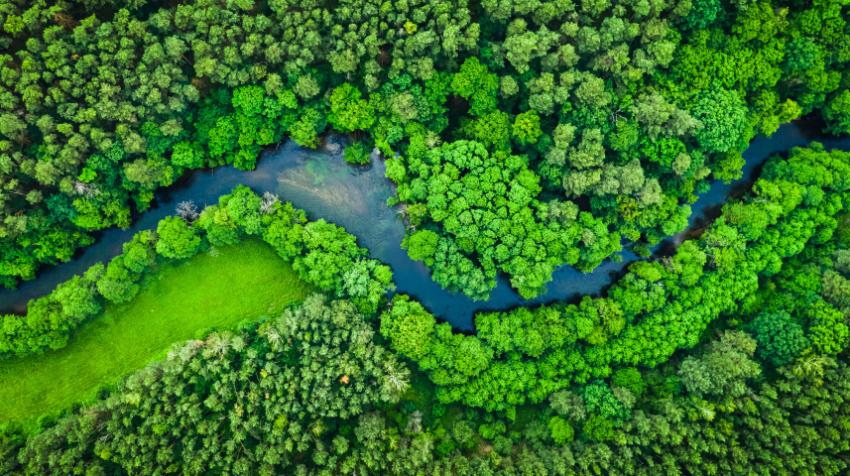As the Minamata Convention on Mercury marks eight years since it entered into force, over 150 Parties and many stakeholders continue working to reduce mercury pollution worldwide.
Preparations are underway for the sixth meeting of the Conference of the Parties (COP-6), which will take place from 3 to 7 November 2025, in Geneva, Switzerland.
Since 16 August 2017, the Minamata Convention has taken significant steps to control the mercury supply sources and trade, reduce the use, emissions and releases of mercury, raise public awareness, and build the necessary institutional capacity.
Together, Parties have taken action to phase out mercury-added products, including fluorescent lamps, thermometers, and mercury in cosmetics as well as limiting mercury use in industrial processes.
Executive Secretary Monika Stankiewicz reflected that “these concrete achievements by Parties have led to reduced demand for mercury in industries and less emissions and releases to the environment. Further strong action is needed to protect ecosystems and present and future generations, and in particular people vulnerable to mercury exposure”.
The implementation work of countries is being supported through the Global Environment Facility (GEF) as well as the Specific International Programme, the Convention’s financial mechanism, and initiatives such as the GEF-backed planetGOLD programme.
Osvaldo Patricio Álvarez Pérez, COP-6 President (Chile), highlighted that “by joining forces to put the Minamata Convention into action alongside other environmental efforts, we can face shared challenges head-on and make a bigger difference. I am committed to working with all Parties to find common ground and protect people and the environment from the dangers of mercury pollution”.
COP-6 will address challenges that Parties face in implementing the Convention, such as trade control, waste management, and mercury use in cosmetics, dental fillings, artisanal and small-scale gold mining, and industrial processes.
It will also address enhanced cooperation with other global agreements and international partners on pivotal topics like biodiversity, and the full and effective participation of Indigenous Peoples and local communities.




